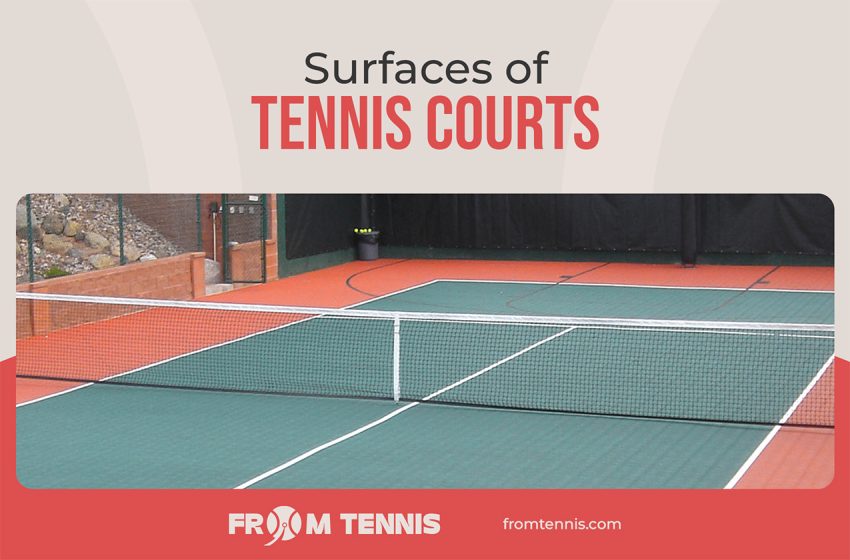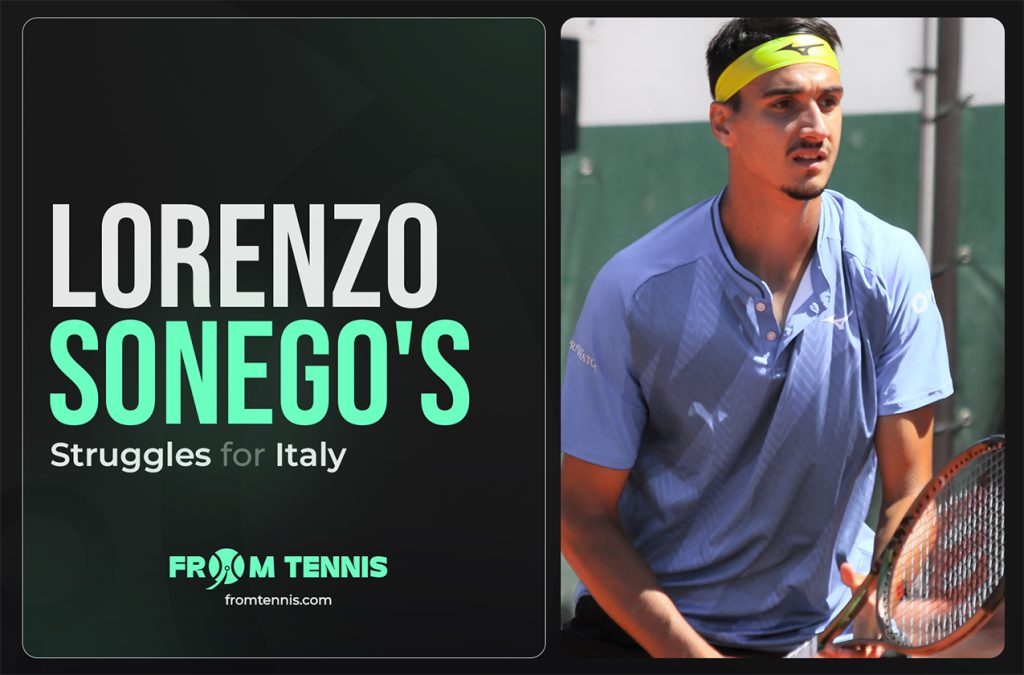Surfaces of tennis courts

Hard Court
Hard courts are one of the main types of courts, which are usually found in parks, recreation centers, clubs and schools. Hard courts, consisting of various asphalt and concrete mixes, also include an acrylic surface layer (such as paint or coating) to seal the surface and provide a level of buffering. Hard surface courts have lower energy absorption than clay courts, which allows the tennis ball to bounce higher and move faster. Hard courts are a versatile court, which makes them ideal for most tennis players. The US Open and the Australian Open are the two Grand Slam tournaments that use a hard court surface.
Clay Court
Clay courts mainly come in two different forms: the red clay court is a rough mixture made of brick dust, and the green clay court, which is a crushed met basalt, also known as Har-Tru. These materials dry much faster than standard clay, which is rarely found on modern tennis court surfaces. Due to their textured surface, clay courts have the slowest surface for ball speed. It is easier to make a return on this surface due to the high tab and the reduced service speed. This low speed allows points to be played for a longer time, which is ideal for basic players with a more defensive style of play. Clay courts are very ideal for joint health because the surface absorbs more shocks, and they also allow players to save some of their energy by allowing them to skate instead of stopping completely. The French Open is the only Grand Slam that uses clay courts. Professionals Roger Federer and Rafael Nadal are considered two of the best players ever on clay courts. In particular, Rafeal Nadal has been crowned champion a total of 13 times at this grand slam and has been declared a legend of clay courts.
Grass Court
Grass courts, also known as grass courts, used to be the most common type of tennis court surface. However, due to their high cost and maintenance, grass courts are used less often than hard and clay courts. The grass surface consists of short-cut grass on tightly compacted soil and is the fastest type of pitch, offering low ball bounces and shorter rallies. This fast surface provides an advantage for players who throw very good and high-speed serves. Because the ball is more difficult to return. There are many variables in how a ball behaves on a grass court, such as how many players have played before, how often it has been mowed, and the overall health and quality of the grass. While all four of the Grand Slam tournaments once used grass courts, Wimbledon is currently the only tournament that still has a grass court.
Synthetic Court
For the softness and feeling of a maintenance-free grass pitch, some public and private facilities may prefer a synthetic grass pitch. Synthetic courts usually contain plastic grass fibers, which are more durable and require less maintenance than a standard grass court. The sand-filled top coating that covers the surface of a synthetic turf pitch protects the pitch from weather conditions, allows it to dry faster and makes it less susceptible to wear over time. The materials used are non-toxic and are not prone to pests like real grass.


